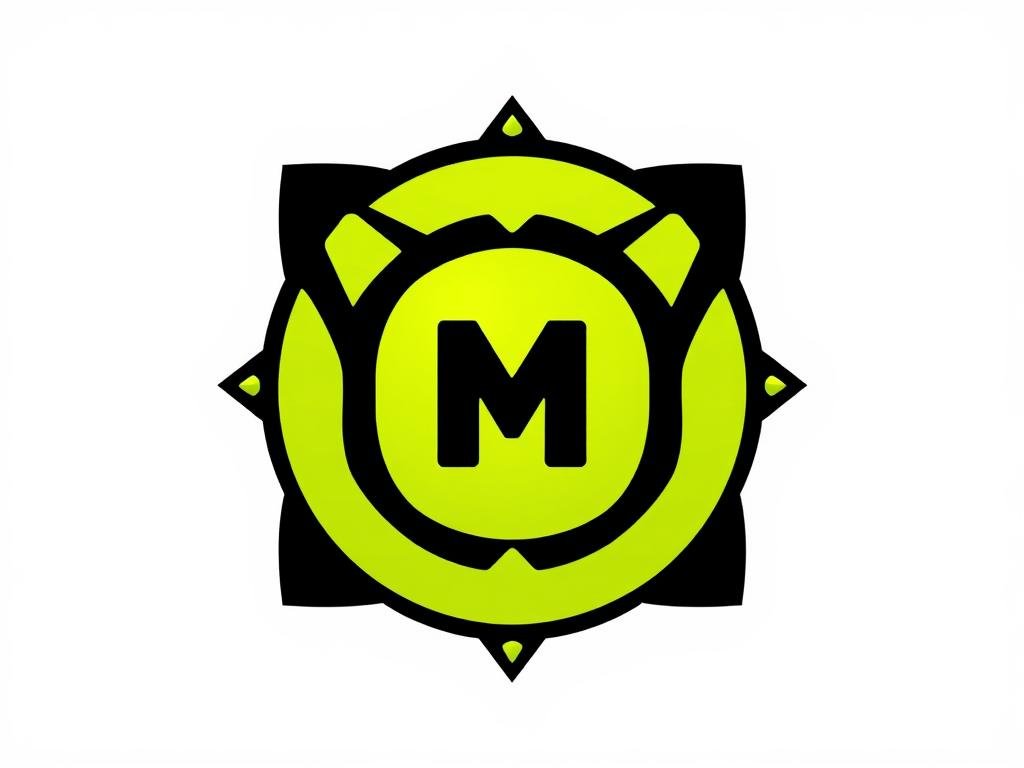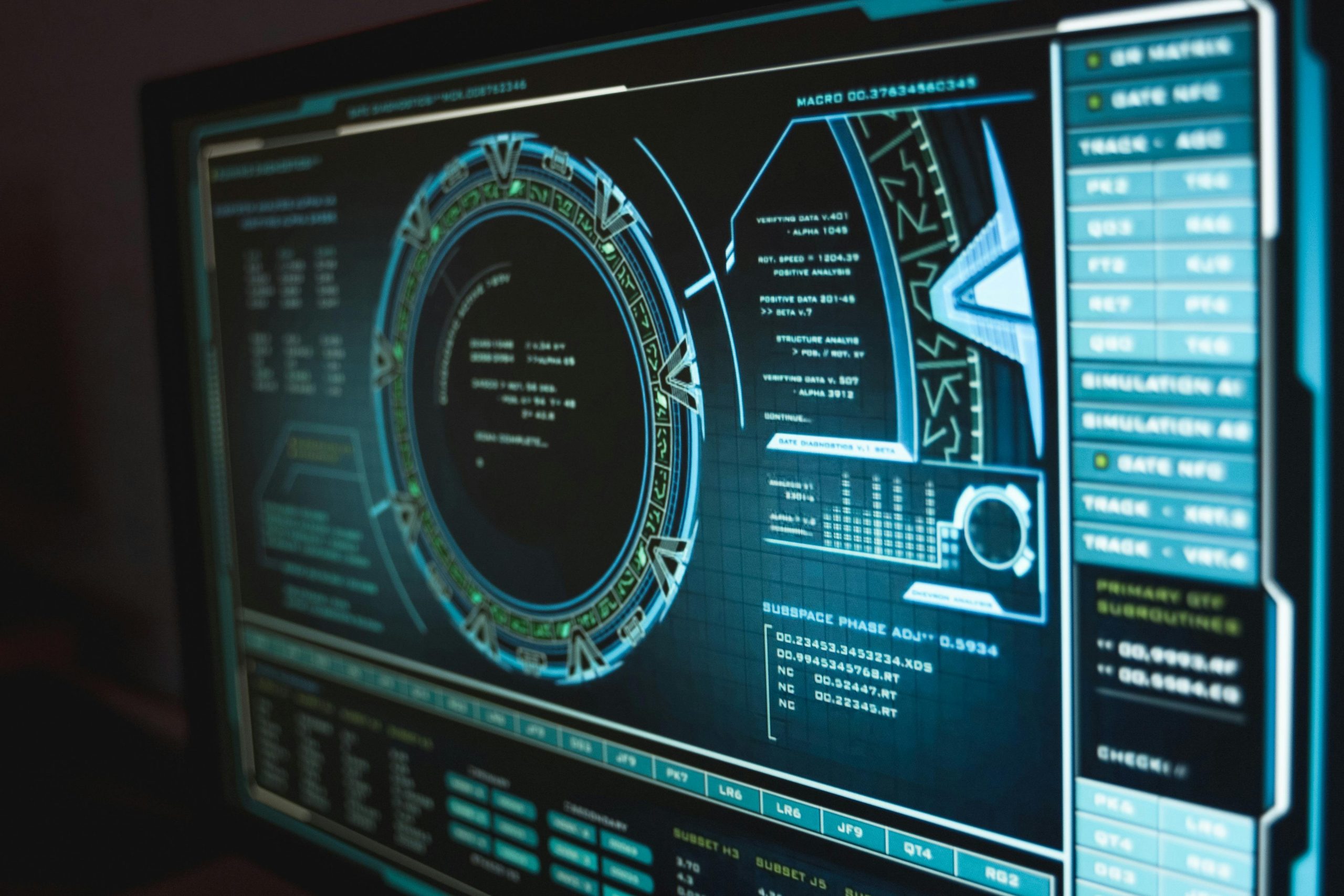Effective cybersecurity depends on managing products through every lifecycle stage, from design to disposal. Product Lifecycle Management (PLM) creates a centralized framework that connects teams, streamlines processes, and embeds security measures early on. This alignment reduces risks, accelerates development, and ensures continuous protection as products evolve amidst growing cyber threats.
Understanding the Fundamentals and Importance of Product Lifecycle Management (PLM)
Product Lifecycle Management (PLM) is the comprehensive integration of information, people, and processes throughout all phases of a product’s journey—from concept and design, through development and manufacturing, to service, end-of-life, and disposal. As a framework, PLM seeks to centralize product data, break down silos across functions, and deliver enhanced collaboration and decision-making. For a more detailed exploration, you can visit this page: Continue your reading. Implementing robust PLM ensures that every stakeholder—engineers, marketers, supply chain team, and partners—works from a single source of truth, vastly reducing communication lapses and costly missteps.
Topic to read : Exploring the impact of cutting-edge uk computing developments on daily high-tech devices
The stages of the product lifecycle define how products transition from initial conception to withdrawal. Typically, these stages include:
- Concept and design: Ideation, requirements definition, early sketches, and feasibility assessments.
- Development: Detailed design, prototyping, validation, and pilot testing.
- Production and launch: Manufacturing setup, quality control, market introduction.
- Service and support: Maintenance, updates, and customer service.
- End-of-life and disposal: Safe withdrawal, recycling, or decommissioning.
Adopting PLM delivers significant business benefits: faster time to market, cost savings via reduced rework and improved resource management, and stronger product quality through end-to-end data capture and iterative improvements. Integration with ERP systems streamlines inventory, scheduling, and compliance, while advanced PLM software and digital collaboration tools help organizations adapt with agility to shifting markets and technologies.
This might interest you : Maximizing cybersecurity outcomes through effective product lifecycle management
How PLM Optimizes Product Processes, Security, and Compliance from Design to Decommissioning
Integration of cybersecurity standards and traceability into the PLM process
A robust product development process relies on embedding cybersecurity requirements directly from design, using PLM systems to enforce standards and create full traceability. Lifecycle risk management in manufacturing is strengthened as every change—whether for compliance, improvement, or incident response—is documented. Lifecycle documentation and reporting ensure all decisions can be audited. PLM software centralizes requirements and revision histories, a core advantage in regulated sectors that demand clear proof of compliance.
Enhancing product quality, data integrity, and compliance throughout the lifecycle
Each product growth and maturity phase demands vigilant quality and security controls. Managing product changes through PLM helps sustain data integrity and performance benchmarks. Lifecycle risk analysis methods allow for early detection of vulnerabilities and process gaps, supporting continuous product lifecycle optimization methods. Cloud-based PLM platforms simplify the application of security considerations in cloud PLM environments, ensuring only authorized access and reducing exposure.
Monitoring supply chain dependencies and securing supplier collaboration via PLM systems
Modern PLM systems address increased digital threats by facilitating secure supplier collaboration, with real-time updates and proactive alerts. Integration with supply chain management provides visibility into third-party risks, while lifecycle documentation and reporting capture actions taken to manage those risks. This continuous oversight and connectivity deliver transparency across all stages of product lifecycle—from inception through decline.
Evolving Trends, Solutions, and Best Practices in Product Lifecycle Management for Cybersecurity Success
Digital transformation in product lifecycle hinges on leveraging advanced technologies like cloud-based PLM platforms, digital twin technology in product lifecycle, and AI to address complex security challenges. Cloud PLM vs on-premise solutions present key contrasts: cloud-based PLM platforms increase data accessibility and facilitate real-time risk monitoring, while on-premise tools offer customized control. Modern PLM process automation, enhanced by AI and machine learning, proactively manages threats and reduces manual errors.
Top PLM software solutions integrating digital twin technology in product lifecycle allow organizations to simulate products and monitor security vulnerabilities during development, not just after launch. Notably, solutions like Jira Product Discovery support lifecycle documentation standards and automate compliance, making software product lifecycle management processes more robust.
Industry leaders embrace Agile methodologies in product lifecycle management. This practice enables rapid updates, faster patch deployment, and seamless lifecycle documentation standards adherence. Continuous competency building with PLM certification and training courses ensures ongoing preparedness. Through these evolving strategies, businesses manage lifecycle risks and design more secure, compliant products while efficiently supporting digital transformation in product lifecycle stages.



